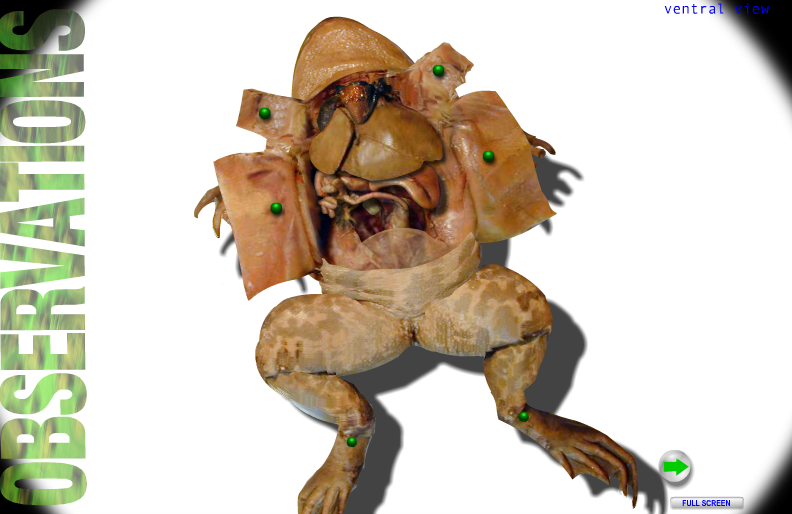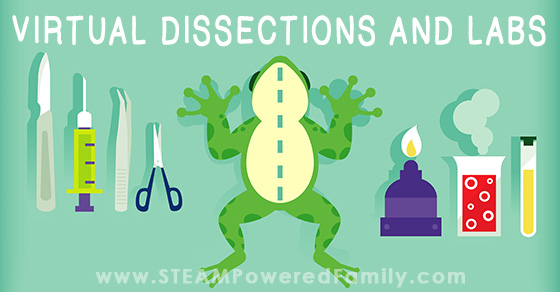

When Erathia's King Gryphonheart is murdered by traitors he is resurrected as an undead warlord who leads a ruthless invasion of his former Kingdom. Murder, treachery, resurrection, savage battles and ultimately-freedom! They also can play a game involving a virtual frog.Includes Heroes of Might & Magic III and its expansions: Armageddon's Blade and The Shadow of Death Students who participate in this lesson do a virtual dissection of a frog called Fluffy.

They identify both the internal and external parts of the frog. Each of the vocabulary words in this lesson are linked to a glossary of terms. This lesson has students perform a virtual frog dissection. The Virtual Frog Dissection by Steve Velie and Tim Hall They answer questions while dissecting the frog. They pay particular attention to frog's circulatory, digestive, respiratory system, excretory system and reproductive system.

They label a diagram of a frog to show its internal structure. In this lesson students dissect a frog and examine the external and internal anatomy of the amphibian.
#Do a virtual frog dissection free
If you don’t have the budget or the inclination to conduct an actual frog dissection, there are many virtual dissections available free of charge online. Virtual dissections can also be conducted by students who have ethical objections to real dissections, and they can be tested on the same material as if they had completed the actual dissection along with the rest of the class. In some cases, teachers may prefer to use virtual dissections, as all students are guaranteed to see the same structures depicted in the same way.įor lesson plans and lab worksheets involving frog dissections, check out the links below.
#Do a virtual frog dissection skin
This will usually prevent unsafe actions during a lab, and also provide the teacher with objective consequences if a rule is broken.īefore beginning the dissection, it is helpful to provide one or two focus questions that should be answered by completing the lab. What are the basic internal and external structures of a frog, and how are they similar or different as compared to humans? How is an adult frog adapted to live both on land and in water? How is the skin of a frog specific to amphibians? Questions like these will help focus students on a specific objective, rather than the act of simply cutting open an organism to look at its parts. Educators earn digital badges that certify knowledge, skill, and experience.įew activities elicit as many comments on either end of the enthusiasm spectrum as a frog dissection. The comments include things like “Ew, gross! Is it slimy?” and “Cool! Do we get to cut that open?” However, even though many students initially shy away from the idea, dissections are one of the best ways for young scientists to learn about anatomy, physiology, and amphibians.ĭissections should only be conducted when students have adequate background knowledge on the organs they’ll see, as well as a clear understanding of the behavior expected during the lab. They should also be well-versed in lab safety and have a parental signature on a lab safety contract. Save time lesson planning by exploring our library of educator reviews to over 550,000 open educational resources (OER).Īn all-in-one learning object repository and curriculum management platform that combines Lesson Planet’s library of educator-reviews to open educational resources with district materials and district-licensed publisher content.Ī comprehensive online edtech PD solution for schools and districts.

Timely and inspiring teaching ideas that you can apply in your classroom Manage saved and uploaded resources and foldersīrowse educational resources by subject and topic Search reviewed educational resources by keyword, subject, grade, type, and more


 0 kommentar(er)
0 kommentar(er)
